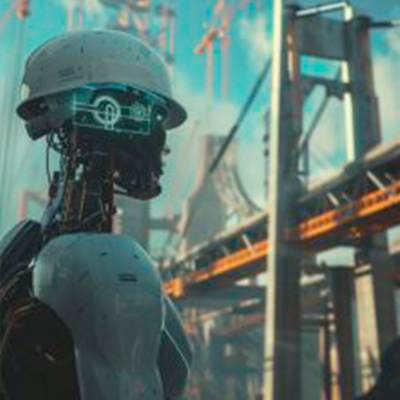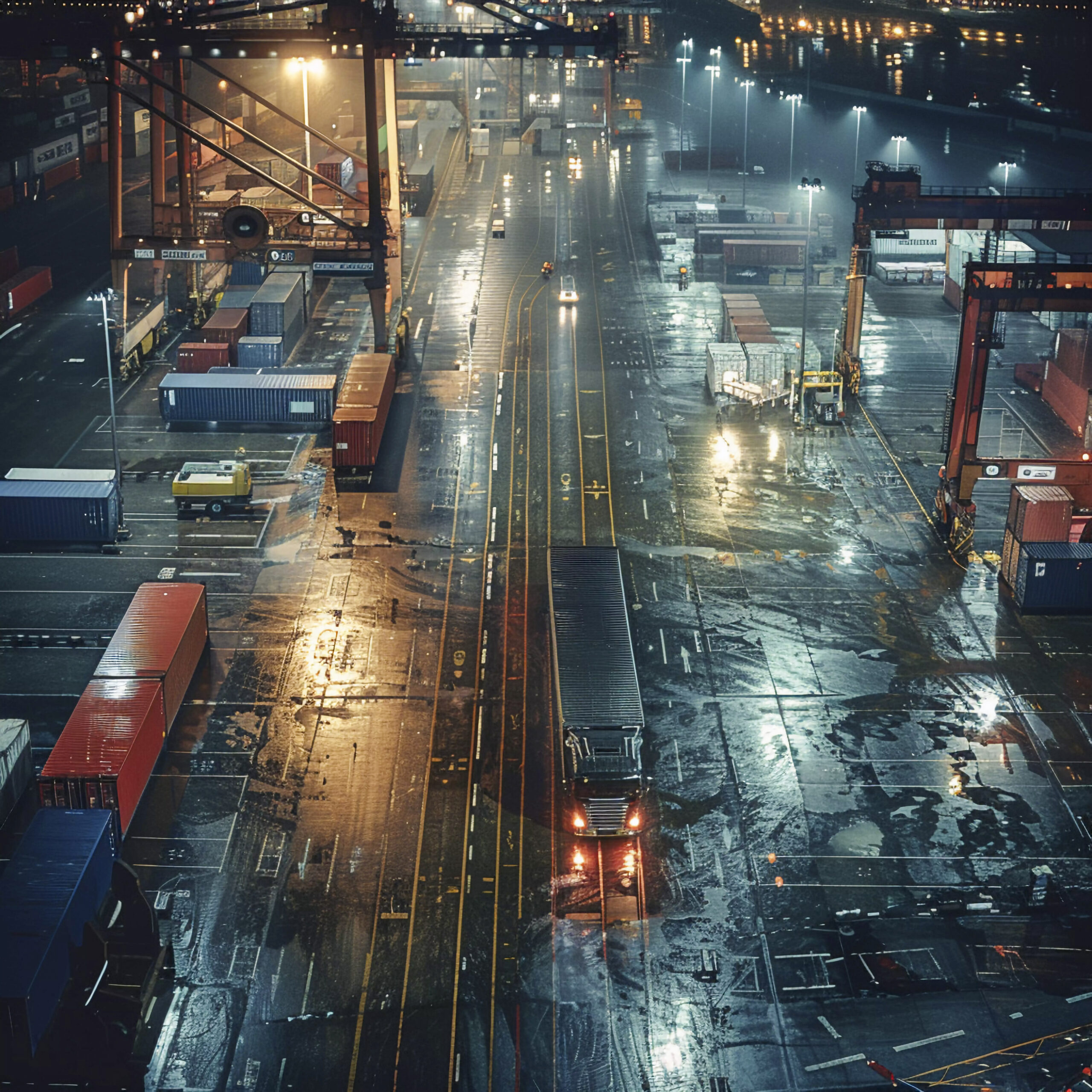Early Detection of Pests and Diseases
AI is revolutionizing agriculture by enabling early detection of pests and diseases. Using images and advanced algorithms, farmers can identify and address issues before they become serious threats.
Optimization of Fertilizers and Irrigation Systems
Artificial intelligence helps optimize the use of fertilizers and irrigation systems, enhancing efficiency and reducing environmental impact. Sensors and data analysis enable farmers to apply precise amounts of resources.
AI-Powered Agricultural Robots and Drones
AI-powered agricultural robots and drones automate tasks such as planting, harvesting, and crop monitoring. This not only boosts productivity but also reduces manual labor.
AI-Assisted Design and Planning
AI is transforming how construction projects are designed and planned. AI-assisted design tools can generate optimized blueprints and predict potential issues before they arise.
Predictive Risk Analysis
Through predictive analysis, AI can identify potential risks in construction projects, helping to mitigate issues before they occur. This improves safety and reduces costs.
AI-Guided Construction Robots
AI-guided construction robots are revolutionizing the industry by handling repetitive and hazardous tasks. This accelerates projects while enhancing accuracy and workplace safety.

La IA está revolucionando la agricultura al permitir la detección temprana de plagas y enfermedades. Mediante el uso de imágenes y algoritmos avanzados, los agricultores pueden identificar y tratar problemas antes de que se conviertan en amenazas graves.
La inteligencia artificial ayuda a optimizar el uso de fertilizantes y sistemas de riego, mejorando la eficiencia y reduciendo el impacto ambiental. Sensores y análisis de datos permiten a los agricultores aplicar la cantidad exacta de recursos necesarios.
Los robots y drones agrícolas, equipados con IA, están automatizando tareas como la siembra, la cosecha y la monitorización de cultivos. Esto no solo aumenta la productividad, sino que también reduce la carga de trabajo manual.

Autonomous Vehicles and Driving Assistants
AI powers autonomous vehicles and advanced driving assistants. These systems enhance safety, reduce fuel consumption, and optimize transportation routes.
Route Optimization and Logistics
Route optimization and logistics management greatly benefit from AI. Advanced algorithms enable more efficient route planning and better fleet management, reducing costs and delivery times.
Predictive Maintenance of Vehicle Fleets
AI-driven predictive maintenance helps anticipate and prevent mechanical failures in vehicle fleets, reducing downtime and repair costs, thereby keeping vehicles operational longer.
Analysis of Consumer Trends and Preferences
AI allows fashion brands to analyze consumer trends and preferences in real time. This helps companies quickly adapt to market demands and design products that align with customer expectations.
AI-Assisted Design
AI-assisted design is revolutionizing fashion creation. Designers can use algorithms to generate new ideas and patterns, streamlining the creative process and reducing product development time.
Data-Driven Personalization
AI-driven data and algorithms enable personalized fashion offerings, from tailored recommendations to custom-made garments, transforming how fashion is consumed.
Natural Language Processing in Legal Documents
AI enhances natural language processing in legal documents, enabling quick analysis of large volumes of text. This facilitates contract review and identification of critical clauses.
Case Law Analysis and Outcome Prediction
AI enables analysis of case law and prediction of legal outcomes. Lawyers can use these tools to evaluate previous cases and anticipate potential outcomes, improving legal strategy.
Automation of Repetitive Tasks
AI automation of repetitive tasks frees up valuable time for legal professionals, from document management to appointment scheduling, streamlining administrative processes in law firms.

AI-Powered Content Creation
AI is used to create content in entertainment, from scripts to music. Advanced algorithms can generate creative ideas and produce original content, aiding creators in innovation.
Personalized Content Recommendation
AI-powered personalized recommendation systems are transforming how entertainment is consumed. Platforms like Netflix and Spotify use these algorithms to suggest content based on user preferences and consumption habits.
Enhanced Animation and Visual Effects with AI
AI is improving animation and visual effects in the entertainment industry. Advanced techniques enable the creation of more realistic graphics and effects, optimizing production processes and enhancing visual quality.
As we’ve seen, AI is transforming diverse sectors that may initially seem unrelated to this technology. From agriculture to entertainment, AI is optimizing processes, improving efficiency, and opening new opportunities. As this technology continues to evolve, we are likely to see its impact on even more unexpected industries. Artificial intelligence is proving that its potential goes beyond the obvious, revolutionizing industries in surprising and meaningful ways.